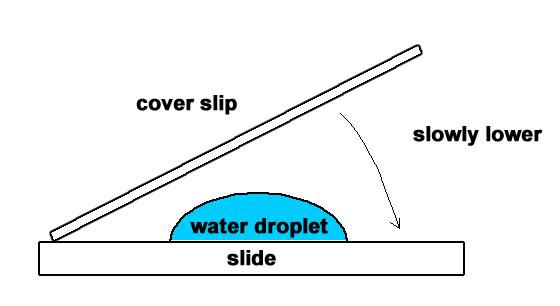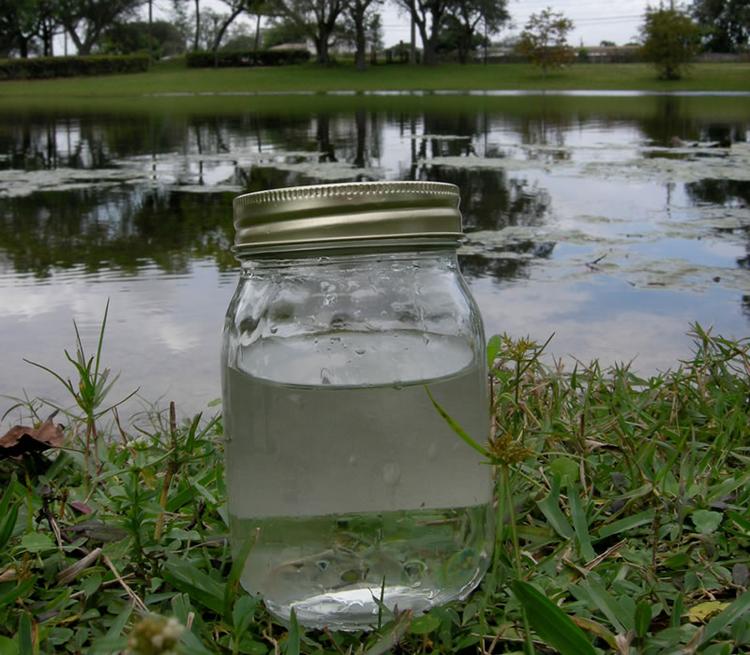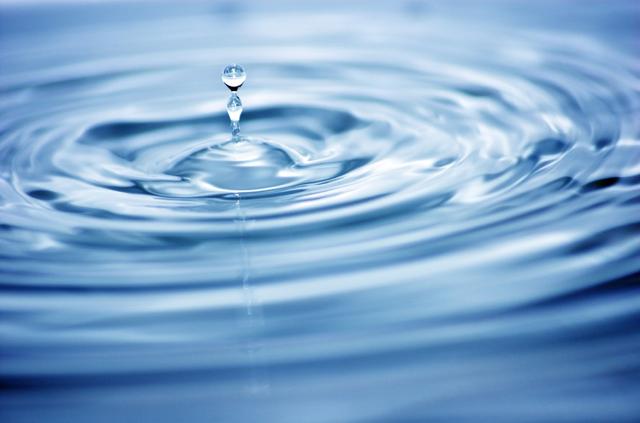| Complexity level: | 6 |
| Time required: | This science project may be completed in 1 hour if water samples are provided. Otherwise, you should allocate 1 day to complete the experiment, if water samples need to be collected. Natural water samples vary by how many living organisms can be found in a |
| Material availability: | You will need access to a pond or pond water samples. You will also need access to a compound light microscope to examine the samples. |
| Safety concerns: | Practice good hygiene after collecting and handling water samples from a pond. Some ponds may contain pollutants or fecal material (such as from waterfowl, fish or sewage). |
Overview
Close your eyes and picture a kingdom. What do you see? Do you picture a castle with walls? Are there farms in the distance? A king on his throne and knights in shining armor? What would you say if someone told you an entire kingdom can fit in a drop of water? Or that sometimes there can be as many as five kingdoms in a water droplet? Would you believe that?
The kind of kingdom that exists in a drop of water, is one that consists of living organisms that feed, breathe, move and reproduce. Biological classification is a system that scientists use to organize life into categories based on similarities and differences. Scientists group organisms into five or six different kingdoms of life. The kingdoms of life are Plant, Animal, Protist, Fungi, Eubacteria and Archaebacteria. The last two kingdoms are sometimes grouped into one kingdom called Monera.
Plants get their energy from the sun. For this reason plants tend to be the color of the light they reflect, such as green, red or orange, while the light they absorb is used to make energy. Animals get their energy by eating other living organisms. When they become hungry they eat plants, other animals, protists, fungi or even bacteria. Protists are an interesting group. They can have things in common with both plants and animals. Fungi include yeast, mold and mushrooms. Bacteria are everywhere, including on your hands and in your mouth, but you won't see them with the naked eye, as they are microscopic in size!
Salt, sugar and water are components of the food you eat every day. Their molecules are made up of basic units called atoms. Like molecules of salt, sugar and water, all living organisms are made up of basic units called cells. Cells allow the organism to breathe, eat, move and reproduce. Since the smallest cells are smaller than a pencil tip, we need to use a microscope in order to see very small organisms, which are made up of one or a few cells. Microscopes enlarge organisms that we can't see with our eyes.
In this science project you are going to identify several kingdoms of life in a water sample. First, you will collect water from a pond or lake, then bring it to your microscope for observation. In order to observe these small creatures, you will make a wet mount. Wet mounts are slides containing your sample in a solution; they are used to observe living organisms.
When observing a freshwater sample in the microscope you will encounter a few of the kingdoms. The largest organisms you may see in the microscope are in the animal kingdom. In a pond water sample, animals are larger than organisms in other kingdoms because they are multicellular. They may also have elaborate appendages, and complicated feeding behavior and movement. Most bacteria need to be stained to view in a microscope; however, in water samples long green chains of bacteria are common. These bacteria are called cyanobacteria or filamentous algae, but the latter term is also used to refer to protists or plants. Protists often have flagella (whip-like tails) or cilia (hair-like fringe). Some will have color from pigments, while others will be transparent. You may also find single-celled algae with flagella in the plant kingdom. It may be hard to distinguish these plants from protists, but protists are often more elaborate and fantastical in appearance. Protists can have amoeboid or angular shapes, more than one flagella, and noticeable eyespots.
Scientific Terms
Materials
- 1 bucket or 2-3 glass jars with screw tops
- Compound light microscope
- Glass microscope slides (only need one as it can be rinsed and reused)
- Cover slips for slides (1 box; as it would be easier to use a new one for each wet mount)
- Eyedropper
- Paper and pencil
- Wagon or cart (if needed to assist you in transporting the bucket or jars of water)
Procedure
- Gather together your collecting materials: bucket or jars with screw tops, and cart or wagon to transport them back to your laboratory. Locate a pond that you can access to collect water samples. The pond should have a shore that you can reach by foot.
- Fill your bucket or jars with water from the pond. Please note that when you submerge your bucket in the water, it can be very difficult to lift back out. When you fill the bucket, hold it with both hands. To fill the bucket, first tilt it slowly, then push a small part of the rim into the water so that it fills slowly. You will feel the bucket become heavy as it starts to fill. Pull it out of the water before it gets too heavy.
- If you have filled glass jars with water, loosely tighten the screw cap. If the cap is too tight the organisms in the water might run out of oxygen. Since you want to see live organisms under the microscope, keep the caps loosened so oxygen can enter the jar. Alternatively, you could make small hole on the cap of the jar to allow air to enter them.
- Bring the water samples back to your laboratory for observation under the compound light microscope. To do this, you are going to prepare a wet mount.
- To prepare the wet mount, use an eyedropper to transfer some of your water sample to a microscope slide. Handle the slide by its edges to avoid getting fingerprints on it. You will only need to put 1-2 drops of water on the slide. If you put too much water the slide will overflow.
-
Next place a cover slip over the water on the slide. To place the cover slip, hold it by its edges and put one edge down on the slide first. Lower the rest of the cover slip onto the slide as if it is a hinged door. It will come into contact with the water and cause it to spread underneath the cover slip. It's perfectly normal if some water spills off the sides; don't worry as you'll have plenty more!! (see drawing)

- Refer to the diagram showing the parts of a microscope. Place the wet mount on the stage of the microscope and look through the eyepiece to begin making observations. Start at the lowest magnification by using the 4x objective lens. The images you see through the eyepiece are made larger by different lenses or pieces of glass.
- Once you think you have the water sample in focus, move to the next highest magnification (10x). Continue to increase your magnification, getting the water into focus each time, until you start to see critters (organisms) swimming about in the water. You will notice that the water on the slide has some depth so you may need to use the fine focus knob on the microscope as the organisms swim up and down.
- If you don't find any organisms on the slide, you may need to repeat steps 5-8 until you do see them swimming around.
- Once you have sighted some organisms, begin making sketches of what you see on each slide. Some critters may move very quickly and some more slowly. Observe as many as you can and make notes about their sizes, color and behavior.
- After you have observed at least 10 different organisms, begin to make guesses about which kingdom the organism may be classified in. Add these guesses to your notes and include the reasons you chose those kingdoms.




